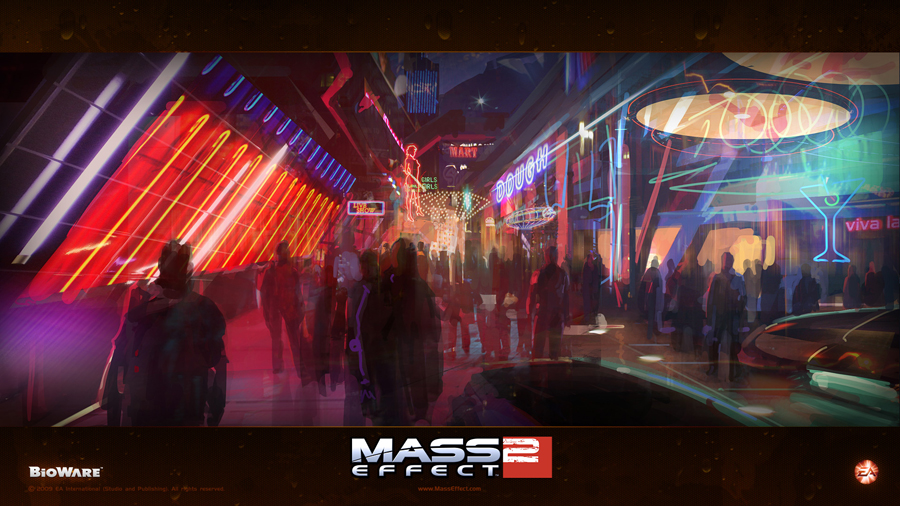Semiotic Phantoms
|
Few things are as harrowing as the semiotic ghosts of American culture. A semiotic ghost is difficult to explain, but they can be understood as a sign, bits of cultural imagery which have taken on a life of their own. William Gibson describes the semiotic ghost we are all most familiar with in Burning Chrome, the ” ‘Futuristic’ thirties and forties architecture you pass daily in American cities without noticing; the movie marquees ribbed to radiate some mysterious energy, the dime stores faced with fluted aluminum, the chrome-tube chairs gathering dust in the lobbies of transient hotels….segments of a dreamworld, abandoned in an uncaring present.” Where does it all go? I was driving around Boston a couple of weeks ago.The cityscape struck me: this was our collective semiotic ghost. That alternative America that never happened. “An architecture of broken dreams.” Metropolis looms overhead. Metal. Sterile. Perfect. We build monuments to this phantom but we cannot inhabit it. That future is reserved for Flash Gordon and the Jetsons. We saw the future ripe with grandeur, only it never came.
What phantoms will we leave our children? This future lived in the radio waves, the television, between the pages of comics. Festered, maybe, but the point is that it existed in an accessible place. Today we spend less time doing any of those things than we do playing video games. If there is any bastion of that America-that-never-was, it would be Mass Effect’s Citadel. The architecture pushes back the sky. Demands recognition. Somewhere up there we see the flying cars racing by and we can’t help but think, this is what we’re supposed to have now. This is what we’re entitled to. Only the Citadel was not built by man. It was built by the Reapers. Even here, in this fictional setting, we cannot claim that forsaken dream. It doesn’t belong to us. Humans may live in the future but they do not inhabit it. We can’t even imagine a way in which we can. Interestingly, the decadence of Omega represents the future society seems familiar with, and indeed is reminiscent of the present.
We see the phantom in the aesthetic of Fallout’s retro-futurism as well. We are introduced into this world as survivors of a nuclear war, the product of a worldwide nuclear arms race. America is stuck in its 1950’s post-war culture. This is not the America-that-never-was but rather the America that always is. The future came for the world of Fallout, and brought with it the utter annhilation of nuclear war. Here the aesthetic of society is not driven by the collective pining of a world brought up by Flash Gordon, but rather the stark reality of oil politics. Still, they never abandoned their semiotic ghost, instead, it was the only facet of culture which helped them cope with the grimness of their present. ‘Prepare for the future’.
Inhabiting the future promised by the Sunday comics and Vault-Tec cost this America dearly. [youtube=http://www.youtube.com/watch?v=WkBNKa2KXZE] That intro gets me every time. Which will it be, for us? A future that does not belong to us or a future whose price may be too high to pay? |



Pingback: Tweets that mention Semiotic Phantoms « Nightmare Mode -- Topsy.com
the problem with predicting the future is that we invariably base it on the present
the future approaches at right angles to our expectations